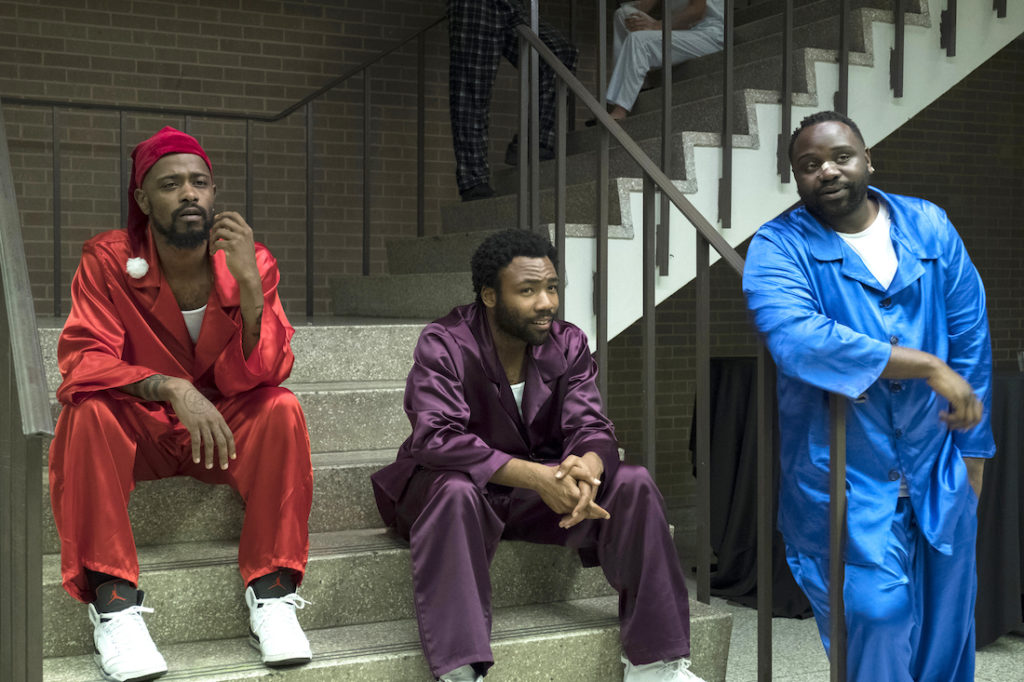
Does your TV series need to be fully fleshed out before you write?
It seems like every show you watch today has everything planned out right from the pilot, and yet we know that’s not how television gets made. Instead, a writer (with a few exceptions) sells a show using a pilot, pitch deck, potentially a series bible and visual deck, and an idea of where it’s headed. This is a lot more than it used to be, but they still rarely have more than one episode.
The people writing multiple episodes upfront are typically established writers with a successful track record, a close-ended series plan with fewer episodes overall, and a promise that the network will make their show (often referred to as a put-pilot commitment). But that doesn’t mean there isn’t other “writing ahead” that happens, even if it’s not a formal script.
So how do the pros do it? While you don’t need every episode written out, you do need a plan, and your plan of attack will depend on the kind of show you’re writing.
 Have a Great Pilot? Enter the Launch Pad TV Pilot Screenwriting Competition!
Have a Great Pilot? Enter the Launch Pad TV Pilot Screenwriting Competition!
Consider Your Premise and Process
A bigger thing to consider as you’re setting out to write beyond your pilot is your process as a writer. You know your show better than anyone else. If you need to know those seasonal and series set pieces and reveals that you’re building towards, it might be worthwhile for you to flesh out those moments (whether in beats, outline, or script form). This allows them to act as tent posts that you’re laying the groundwork for in your pilot and series bible.
Some shows buck the majority and have the writers complete more than just the pilot. If you have a close-ended mini-series that will only last a season, you might want to have a strong and detailed plan for the episodes that will be included. Shows like this include Ryan Murphy’s American Horror Story series and Damon Lindelof’s adaptation of Watchmen. Both of these writers are firmly established and have a proven track record that executives are willing to bet on.
Half-Hour Episodic Sitcom
While serialized storytelling has taken over all aspects of television these days, there are always a few episodic series in the half-hour arena that help lighten the mood. You grew up with them on network television every night with shows like Friends and Seinfeld, and today’s Brooklyn Nine-Nine and It’s Always Sunny in Philadelphia. You don’t need to write full episodes beyond the pilot for these shows. Still, you should include a few one to two-sentence pitches for various episode ideas in your pitch deck and up to a dozen in your series bible so that you have evidence of your concept being able to sustain for multiple seasons.
Serialized Comedies
More and more, there are half-hour shows that carry a story over from episode to episode. Shows like Arrested Development and Scrubs, years ago, had these elements but were still fairly episodic. Today, we’re seeing many shows take big serialized swings from season to season (The Good Place), slow down on jokes to leave more time for a serialized story (Atlanta), and redefine what it means to be a half-hour comedy (Dead to Me).

‘Atlanta’
In these instances, you should have episode ideas as you would for the traditional episodic series, but those short descriptions should build on each other if your show is more serialized. If it’s something like The Good Place, where some chains of episodes are more episodic than others, you should know what the big twists are throughout the series and maybe even how you’d like to end your show.
Procedural Drama
While the watercooler dramas tend to be serialized, audiences never get enough of the procedurals that still populate so many broadcast networks and can even find a second life on cable and streaming platforms. Like an episodic sitcom, you should know a handful of potential stories you want to include in your show. However, since your pilot should operate similarly to every other episode, you don’t need to go further than the pilot and your other pitch materials.
Serialized Hours
It can seem like Breaking Bad knew every major twist and turn, but in truth, Vince Gilligan only knew the ending for certainty. Whether you’re writing a historical comedy (The Great) or a period piece that introduces viewers to a world they never knew existed (Pose), the writers behind these shows know where they’re headed. However, that doesn’t mean they have every piece planned along the way or know how fast it takes to get there. In these situations, the episode descriptions in the series bible might be three to four sentences, so the reader gets the full scope of how much is building and its emotional complexity while still being very brief.
What if You Want to Write More?
Now that you’ve finished your pilot and pitch materials, you’re all done… if you want. While you don’t need to write any more episodes of your show, that doesn’t mean the story is done if no one buys it.
If you want to continue to live in the world that your story exists in and keep writing, then why not produce a proof of concept film? Adapt it into a novel? Or even work with an artist to turn it into a graphic novel? The story only ends if you want it to, and how that looks is 100% up to the writer.

